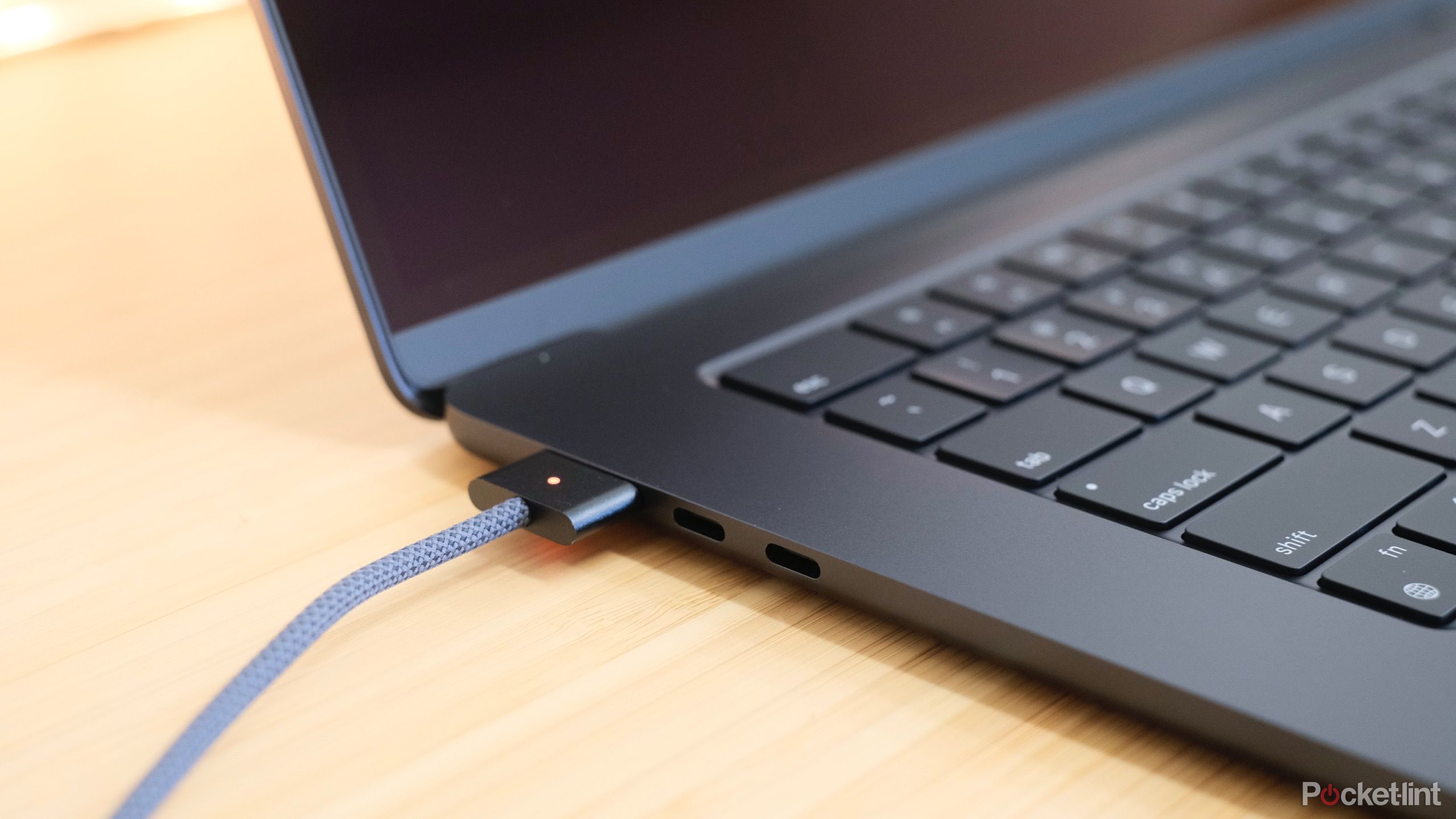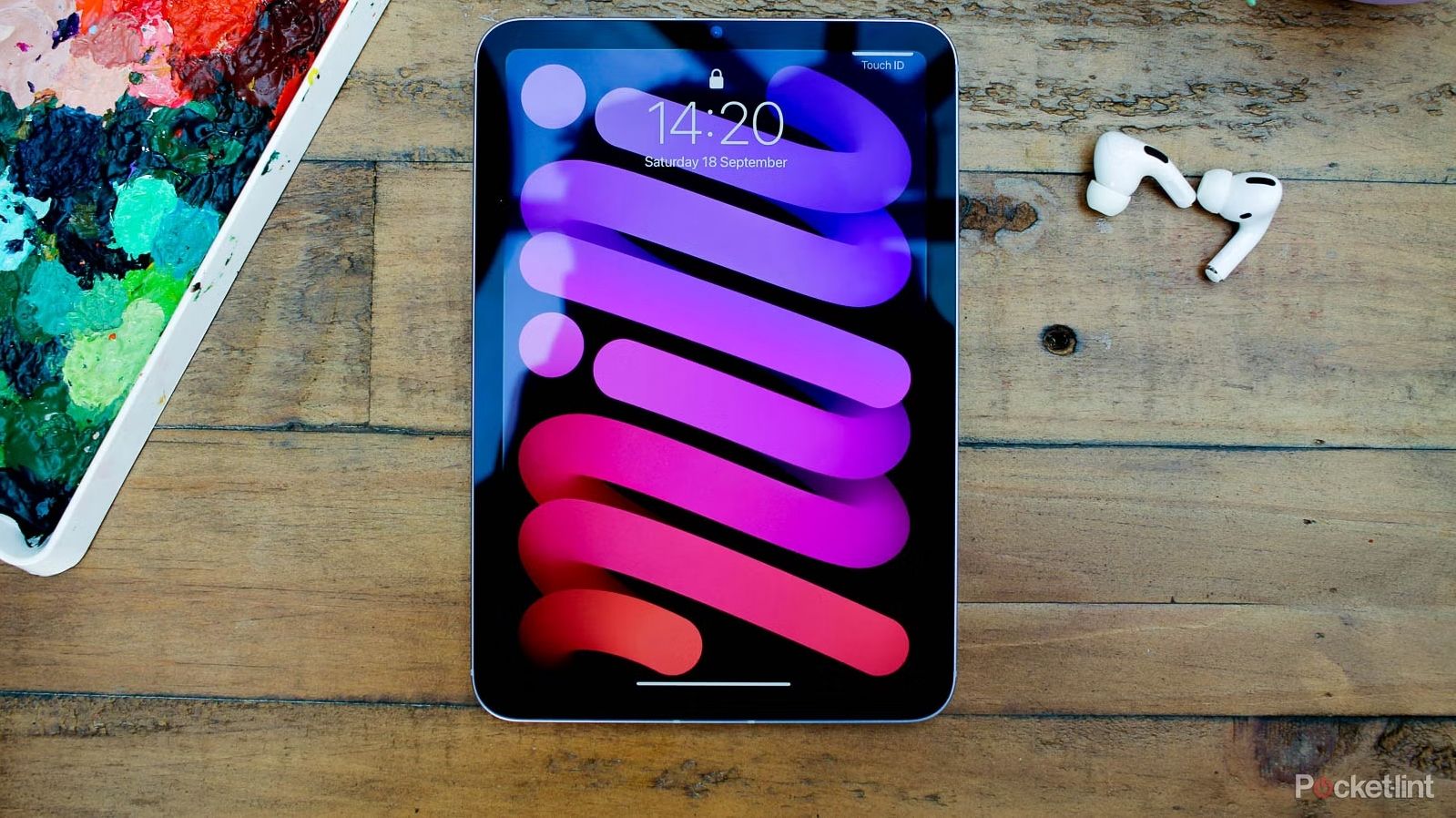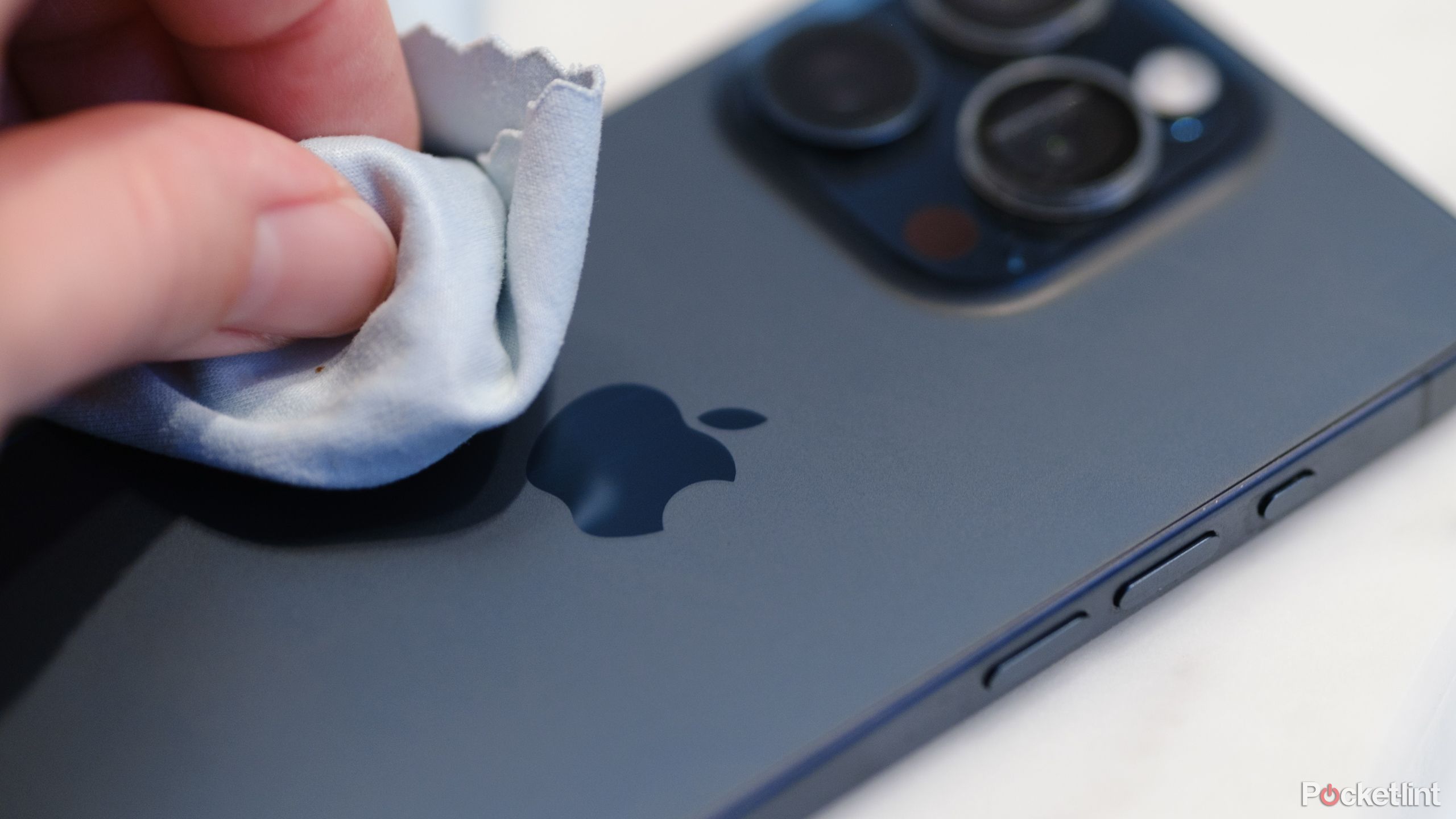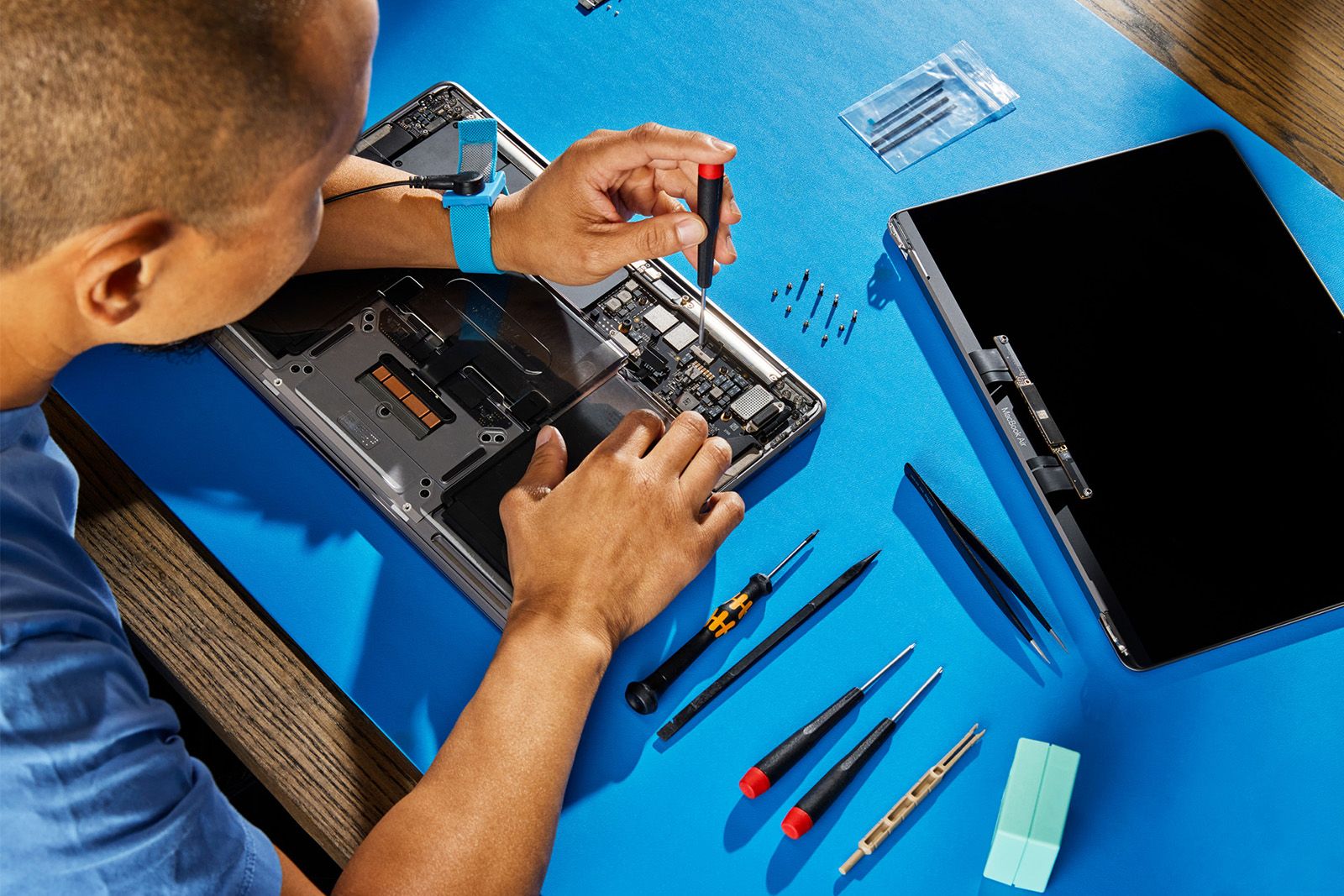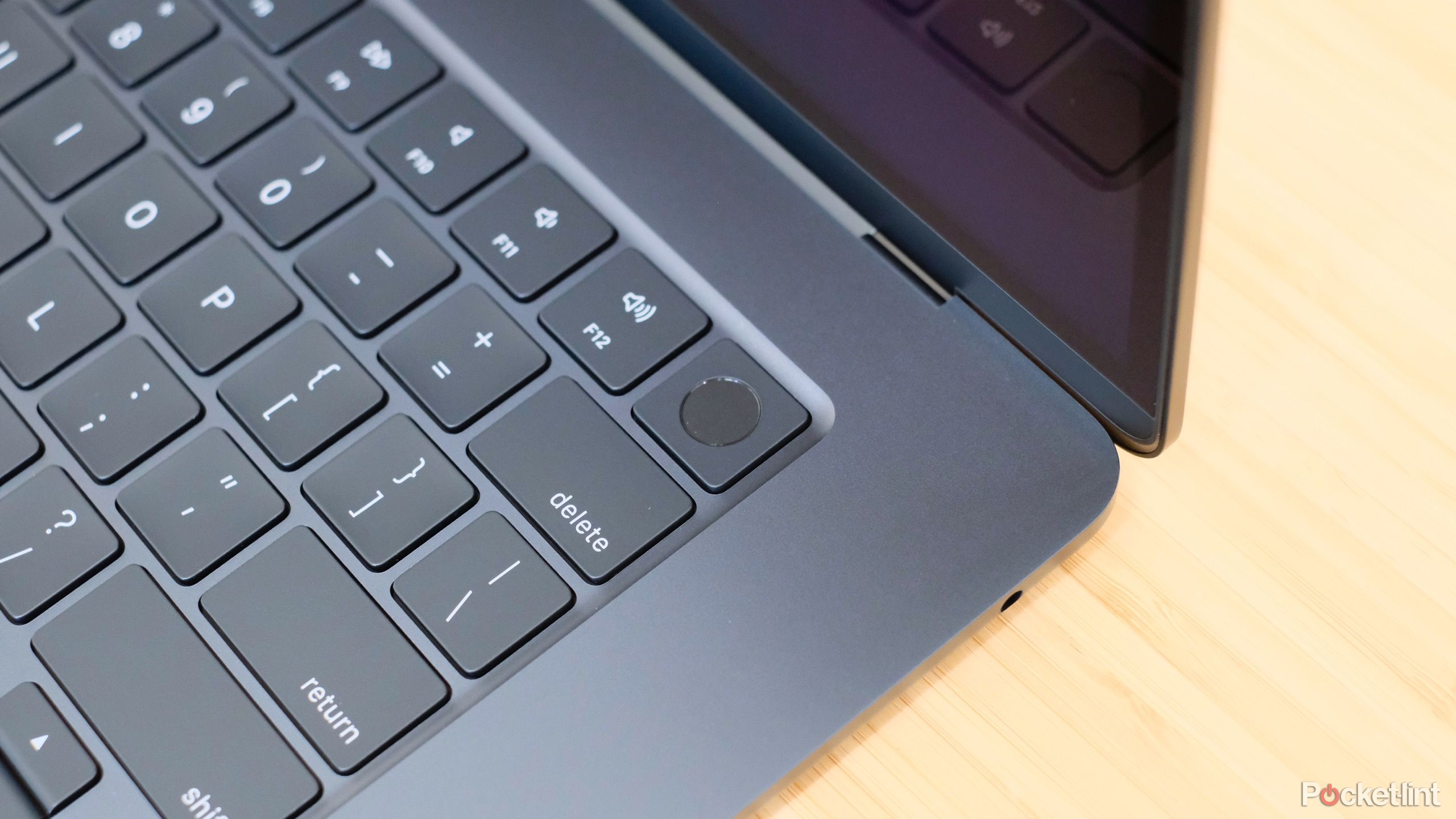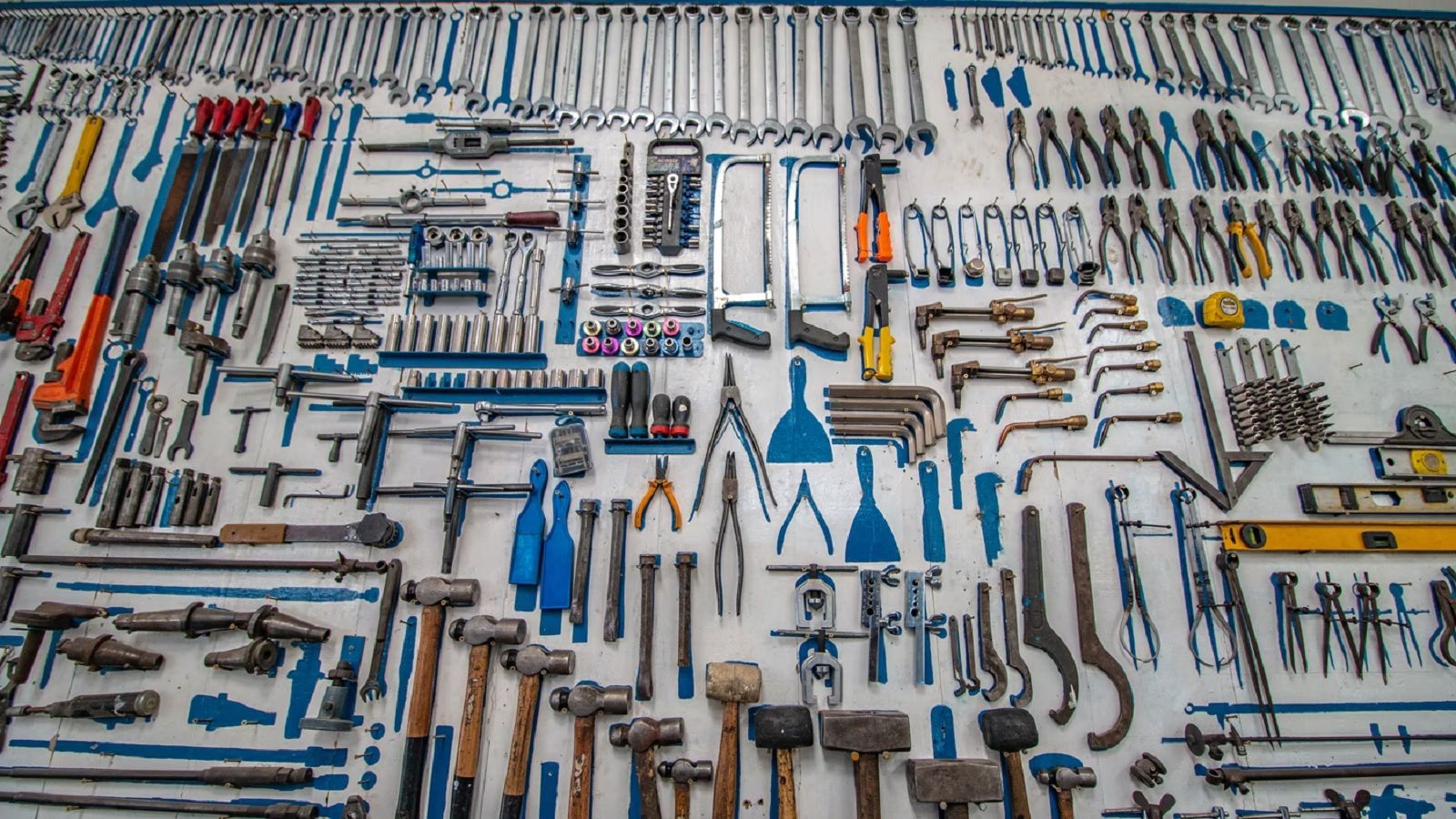Main points
- Repair your own Apple device with the Do-It-Yourself Repair Program using official tools and parts.
- Diagnostic tools help identify issues, new countries and devices supported, including iPhones and Mac laptops.
- Using new or re-used parts ensures compatibility and safety, while renting official tools is a convenient option.
Solving problems with your Apple devices has never been easier. Gone are the days when you could slide the back of your phone to replace the battery or perform other repairs. Even figuring out how to remove a protective case from an iPhone or MacBook can be challenging. However, Apple isn’t entirely against people doing their own repairs. If you have some skills and expertise in repairing electronic devices, you can take advantage of Apple’s Self-Repair program to help you repair your Apple devices yourself.
Apple continues to expand the service, adding support for more Apple devices in December 2023. The service has also been expanded to more European countries and new diagnostic tools have been launched to help troubleshoot repairs. The diagnostic tool is currently only available in the United States, but is expected to be released in other countries later in 2024.
If you have electronics skills and want to repair your Apple device yourself, here’s everything you need to know about Apple’s self-service repair program.
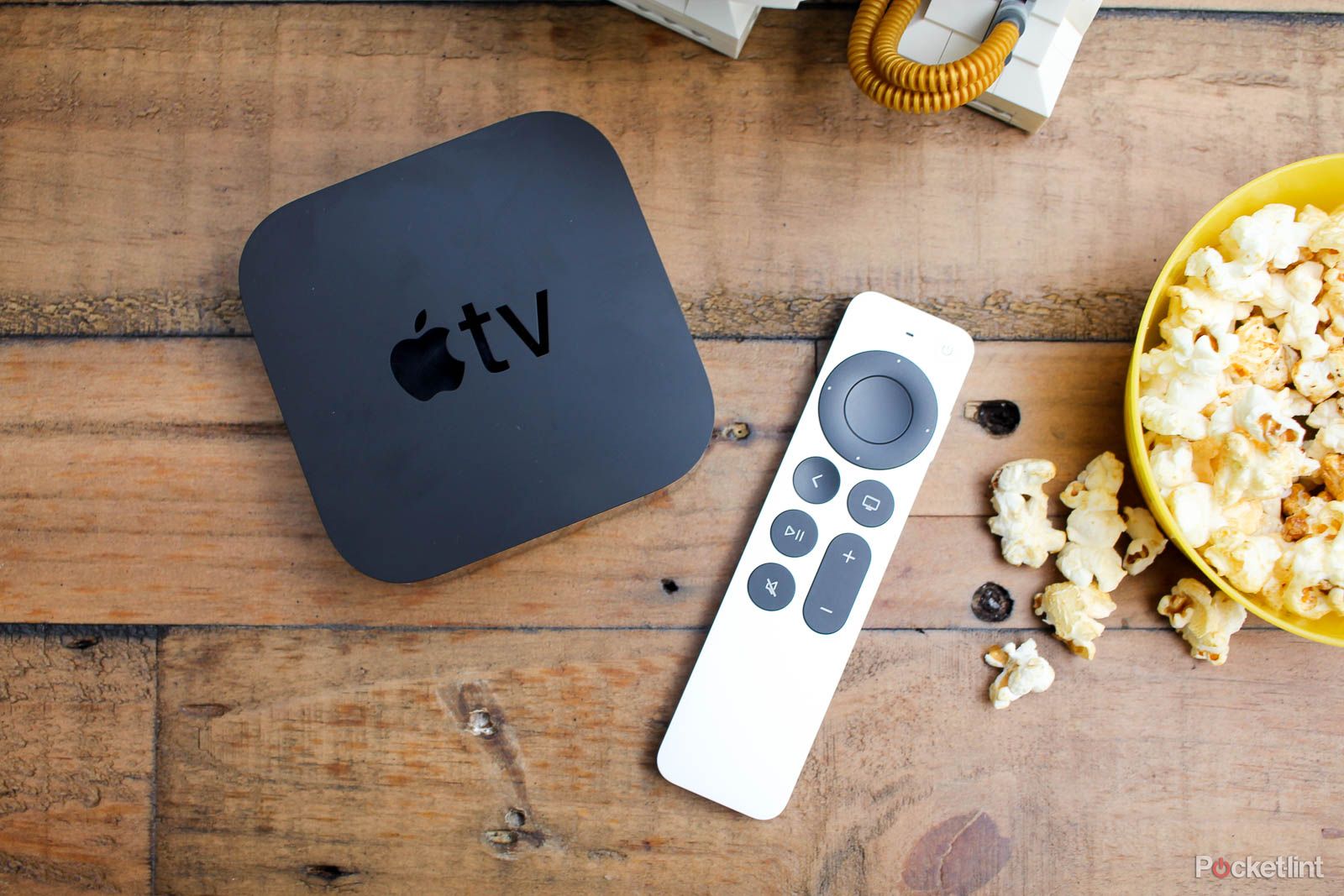
You can now watch foreign content on Apple TV with NordVPN
Now that NordVPN is available on Apple TV, you can easily stream content from abroad and keep your viewing habits private.
What is Apple’s Self-Repair Program?
Get guides and tools to make your own repairs
Apple’s Right to Repair program, Self-Repair, allows users to repair their own devices using official Apple tools and parts. It sells these products to consumers through a dedicated website and provides instructions for repairing Apple products at home. Using a dedicated repair manual, you can follow the steps to try to resolve issues with your Apple device and replace faulty parts with genuine Apple spare parts to get your device back into working order.
This means that you can avoid taking your damaged Apple device to a store or third-party repair shop for repair if you wish. You can actually do it yourself using approved components and step-by-step instructions.
What is Apple Self-Service Diagnostics?
Narrow down Apple hardware issues
The company has launched a diagnostic tool that can help you narrow down the issues that need to be fixed on your Apple devices. This tool allows you to test parts of your device’s functionality and measure its current performance. You can also use this tool to help determine which parts may need repair. These tools are the same tools currently used by authorized service providers and independent repair providers to help repair the equipment you bring in.
These diagnostic tools are intended for people with experience repairing electronic equipment, so they may not be suitable if you lack the necessary knowledge and expertise.
What Apple devices can you repair?
Wide range, from iPhone to Mac
Apple Self-Service Repair currently supports 35 Apple products, including the latest iPhone models, desktops, and some laptops running M1, M2, or M3 chips.
If you’re an iPhone user, self-service repair covers all models of iPhone 12, iPhone 13, iPhone 14, and iPhone 15, as well as iPhone SE (2022).
If you own a Mac laptop, self-service repairs are available for MacBook Air M1 (2020), MacBook Air (2022), MacBook Air (2023), MacBook Pro M1 (2020), MacBook Pro M1 (2021), MacBook Pro M2 (2022) , MacBook Pro M2 (2023) and MacBook Pro M3 (2023). If you own a Mac desktop, self-service repair is available for 24-inch iMac (2021), 24-inch iMac (2023), Mac Mini (2020), Mac Mini (2023), Mac Studio (2022), Mac Studio (2023), and Mac Pro(2023).
|
Provide Apple self-service repair support at home |
||||||
|---|---|---|---|---|---|---|
|
iPhone |
MacBook Air |
Macbook Pro |
iMac |
mini computer |
Mac Studio |
Mac Pro |
|
iPhone 12 |
MacBook Air M1 (2020) |
MacBook Pro M1 (2021) |
24-inch iMac (2021) |
Mac Mini(2020) |
Mac Studio(2022) |
Mac Pro (2023) |
|
iPhone 13 |
MacBook Air (2022) |
MacBook Pro M1 (2021) |
24-inch iMac (2023) |
Mac Mini(2023) |
Mac Studio(2023) |
— |
|
iPhone 14 |
MacBook Air (2023) |
MacBook Pro M2 (2022 |
— |
— |
— |
— |
|
iPhone 15 |
— |
MacBook Pro M2 (2023) |
— |
— |
— |
— |
|
iPhone SE (2022) |
— |
MacBook Pro M3 (2023) |
— |
— |
— |
— |

Apple macOS Sonoma: Everything now available on your Mac
Here’s everything you need to know about the latest Mac software update, macOS Sonoma (macOS 14), including features and compatible Macs.
Will home repairs void the warranty?
Not if you don’t cause damage
Won’t. The bottom line is that repairing it yourself won’t void your Apple device’s warranty, but it’s still possible to damage your device in the process. If you’re unsure of your repair skills, or the repair you need to perform seems more complex than you’re confident about, the best advice is to take your device to an Apple Authorized Repair Store.
You should only attempt a repair if you are confident that the repair can be performed correctly. This reduces the risk of inadvertently causing more damage to your device and potentially voiding your warranty.
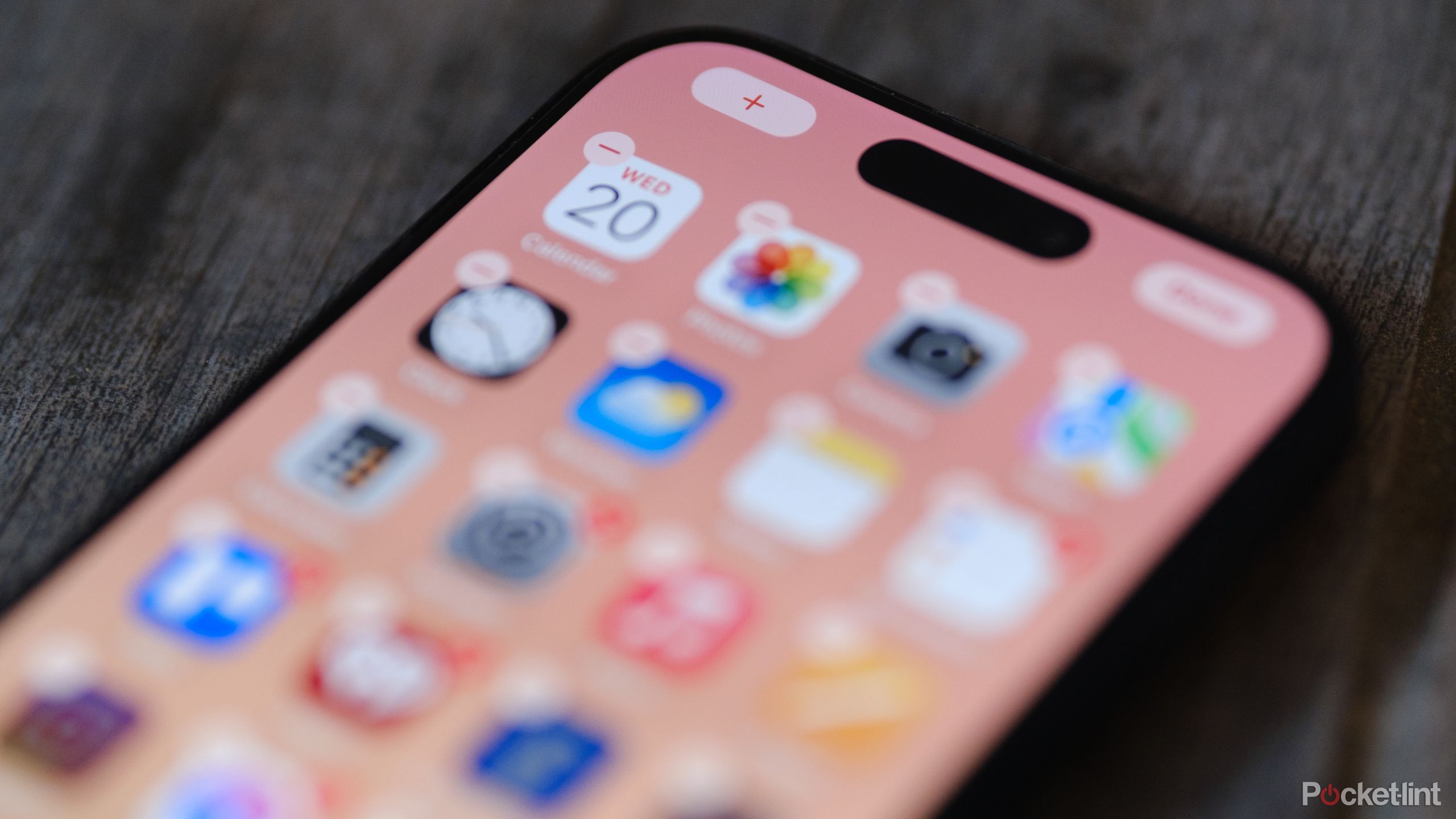 Where can I do self-service repairs?
Where can I do self-service repairs?
Repairs in 33 countries and diagnostics in the United States
Apple’s self-repair program initially launched in the United States in late 2021. In December 2022, additional countries were added, including Belgium, France, Germany, Italy, Poland, Spain, Sweden, and the United Kingdom. In December 2023, the list was further expanded to include more countries, including Croatia, Denmark, Greece, the Netherlands, Portugal and Switzerland.
Currently, the diagnostic tool is only available in the United States, but the service should be available in certain European countries sometime in 2024.
Can anyone repair their own device?
Yes, necessary experience is required
Yes. But Apple still warns that technicians “with the knowledge and experience to repair electronic devices” should only consider repairing Apple devices. Most customers should seek expert help from Apple or a third party before opening their Apple device to see what the problem is. Although doing the repairs yourself may seem like the most cost-effective option, you may end up losing more if you exceed your capabilities and cause more damage to your equipment.
apple
How much do parts cost? where can buy this?
Apple has its own self-service repair store
Apple says customers can purchase the parts they need for repairs directly from do-it-yourself repair stores. These are official Apple parts, designed and tested specifically for your specific device so you can be confident in its quality and reliability. Repairs using third party parts, which may not have the same level of reliability or performance, are not recommended.
Do I have to use new parts?
It won’t be long
Currently, when you buy parts through a do-it-yourself repair shop, your only option is to buy new parts. However, Apple has announced that it will expand do-it-yourself repair options to support genuine used parts.
Starting in Fall 2024, starting with iPhone Parts, you will be able to purchase and install genuine used Apple parts that will receive the same calibration as new parts. This will include components such as the biometric sensors used in Face ID and Touch ID, which will be calibrated on the device once installed.
An important security feature means that calibration will be restricted if it is detected that the part used was obtained from a device with Activation Lock or Lost Mode enabled. The move is aimed at stopping people from selling stolen iPhones in exchange for parts. Apple also plans to add parts and service history to the iOS Settings app, including information on whether a part is new or used.
Buy or rent official tools from Apple
You may be able to fix it using your own tools, but it is recommended to use official tools. You can purchase repair tools from a do-it-yourself repair shop. Enter the device you want to fix and the problem you want to fix to see a list of tools you’ll need to fix it.
Apple also offers rental options for those who don’t want to purchase the tools outright. For just $49, you can rent all the tools you need to repair a specific product. The rental kit is good for a week, and then customers need to send it back to Apple for free. If you need it for more than a week, you’ll need to rent it again; Apple also offers recycling credits for some old parts returned after repairs.
